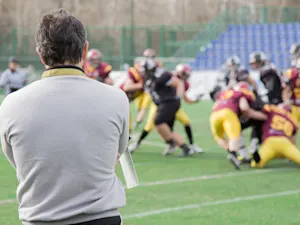
Can Footprints Catch Criminals?
For over a century, fingerprint evidence has been a cornerstone of criminal identification, thanks to the unique patterns on each individual's fingers. Footprint evidence, however, has often been overlooked in the field of forensic science. This may be changing due to groundbreaking advancements and legal milestones, such as the work of forensic podiatrist Dr. Michael Nirenberg.
The Concept of a Shoe Autopsy
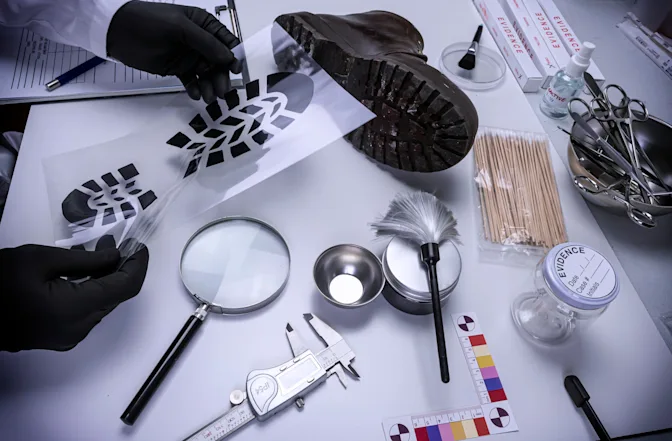
Nirenberg introduced the term "shoe autopsy" to describe the meticulous examination of shoes involved in criminal cases. This process involves dismantling the shoe and analyzing the impressions on the insole with fiber optic cameras. By comparing these impressions with those from a suspect's shoes, investigators can establish a link.
How Footprints Are Collected
Footprints can be found using simple and sophisticated techniques. One common method involves using an oblique light to cast shadows and reveal prints on hard surfaces. In dusty environments, an electrostatic detector can transfer the footprint image onto photographic paper. For prints in snow, chemicals like hair spray can firm up the snow to allow for casting.
The Distinctiveness of Footprints
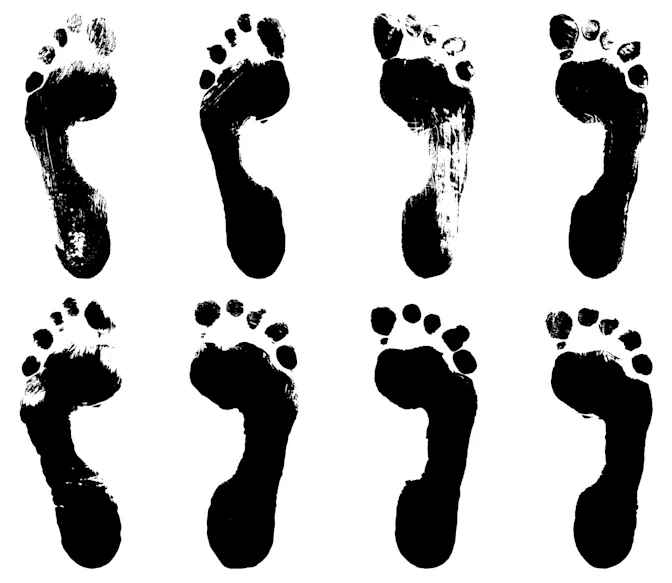
Although not entirely unique, footprints possess distinctive features that make them highly identifiable. According to studies by the Royal Canadian Mounted Police, the chance of two people having identical footprints is 1 in 1.2 billion. These distinctions arise from the shape, pressure points, and imperfections on the foot, such as calluses and scars. Factors like bone structure and gait, which change over time, further individualize footprints.
Challenges and Limitations
While footprints can be compelling evidence, they are subject to change over time, which can complicate long-term investigations. For example, the weight and condition of a suspect's foot may alter the footprint after several years. Additionally, suspects can attempt to alter their gait when providing footprint samples, although experienced investigators can often mitigate this by observing inconsistencies.
The Broader Impact of Footprint Evidence
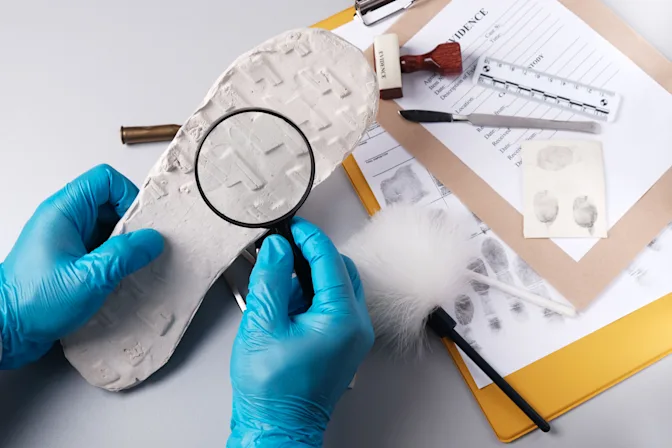
Footwear impressions are a type of "pattern evidence," similar to tire tracks. Each shoe's unique wear patterns and imperfections make footprints valuable in forensic investigations. Databases maintained by the Federal Bureau of Investigation and other agencies help match these patterns to specific brands and models, assisting in identifying or excluding suspects.
Real-World Applications
Footwear evidence can be found at various crime scenes, such as break-ins, assaults, hit-and-runs, robberies, rapes, and homicides. Shoeprints can reveal critical information, including the crime's location, the number of people or vehicles involved, travel directions, and connections to other crime scenes. This evidence helps investigators piece together the events and identify perpetrators.
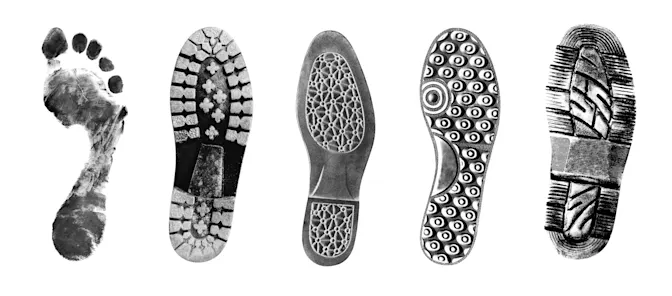
Footprint evidence has been pivotal in numerous high-profile cases. One notable example is the O.J. Simpson trial, where bloody shoeprints were crucial in linking Simpson to the crime scene.
The forensic examination of footprints, often overshadowed by fingerprint analysis, is gaining recognition as a powerful tool in criminal investigations. Through advancements in techniques and the validation of footprint evidence in court, the value of "shoe autopsies" is becoming increasingly apparent. These developments underscore the importance of every trace left behind at a crime scene and the meticulous work required to ensure justice is served.
References: What's a 'Shoe Autopsy'? A Forensic Podiatrist Explains the Value of Foot Evidence in Solving Crimes | Principles of Footwear & Tire Track Examination | Why and when is footwear & tire track examination used?








